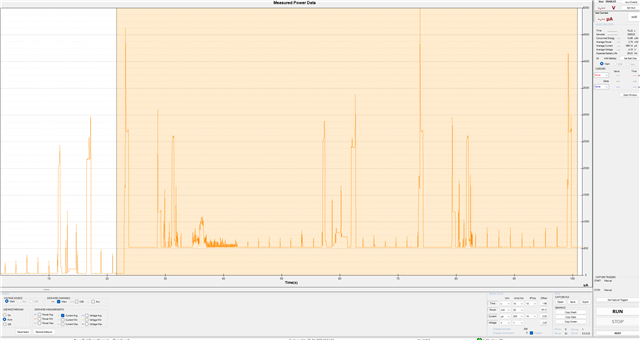I have my application running (NCS 2.6.4) on the bench with clock source set as internal RC and with the configurations such as -
CONFIG_CLOCK_CONTROL_NRF_K32SRC_RC=y CONFIG_CLOCK_CONTROL_NRF_K32SRC_RC_CALIBRATION=y CONFIG_CLOCK_CONTROL_NRF_CALIBRATION_PERIOD=5000 CONFIG_CLOCK_CONTROL_NRF_CALIBRATION_LF_ALWAYS_ON=y CONFIG_CLOCK_CONTROL_NRF_CALIBRATION_MAX_SKIP=10
But when I do multiple resets using nrfjprog --reset then the device goes into high power state which have the average current as ~800uA but the application runs normally and there is no issue in functionality.
When I switch the clock configuration to XTAL then the issue goes away which signifies there is some issue with the clock source and I am able to replicate the same state on the board with blinky example with the above clock configurations.
Any workaround which can solve this issue apart from changing the configuration to XTAL.



